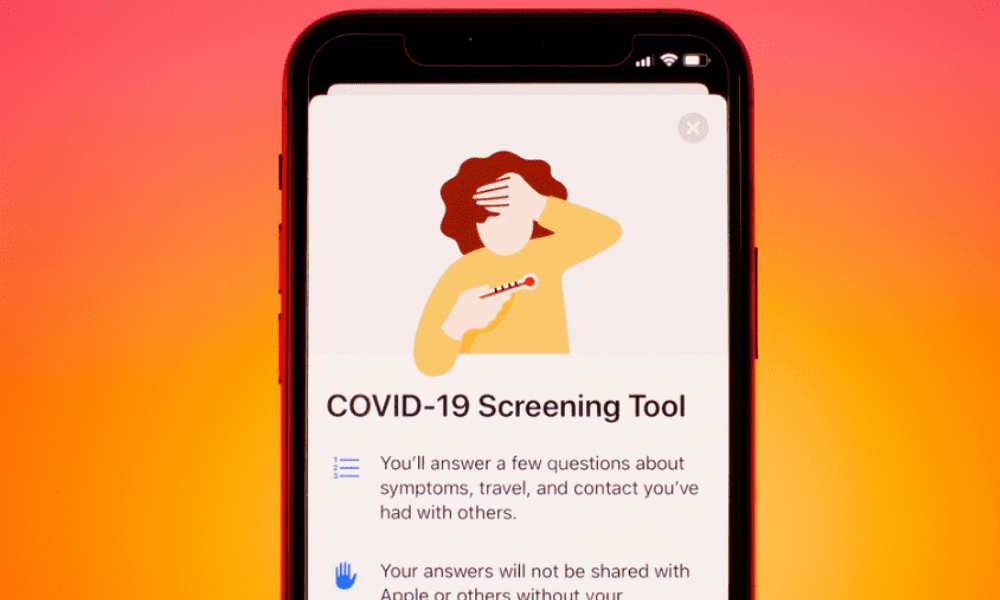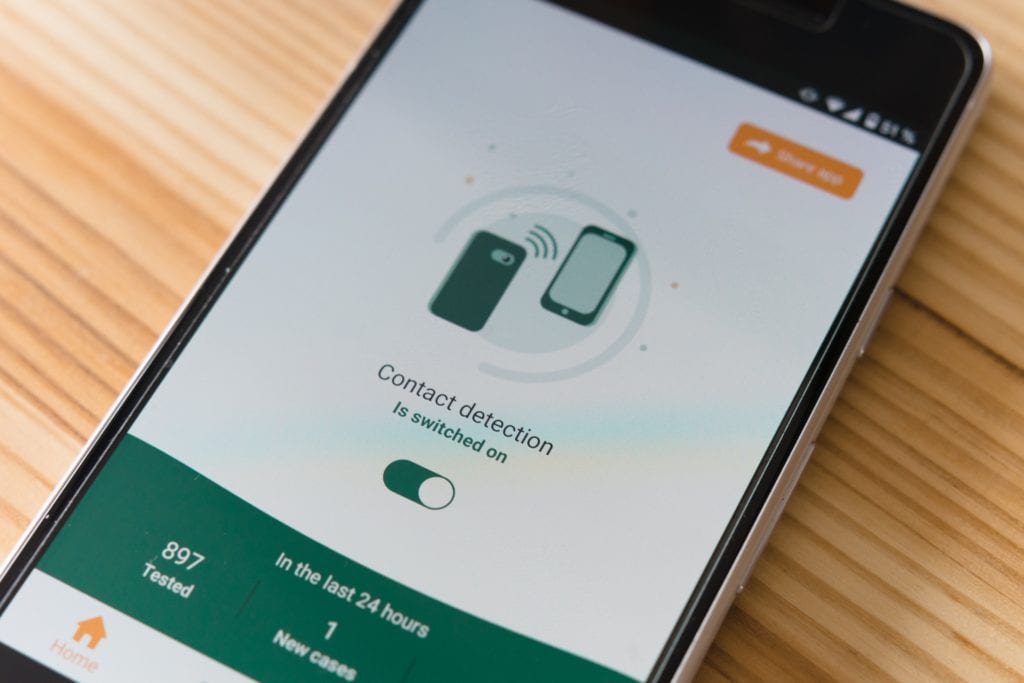
On the 18th of June, the U.K. Government announced that it would be scrapping its NHSX track and trace app, and instead switch to a model provided by Apple and Google’s Covid-19 development partnership, due to numerous issues with the NHSX app’s software.
The U.K. is not the first country to halt the development of their own apps in favour of the Apple-Google model, as we’ve seen the likes of Australia, Germany, Italy, and Denmark do the same in recent weeks.
With the app set to launch in autumn, there’s plenty of questions on people’s minds: Why was the first app faulty? Why are some models successful, and others not? Will these apps infringe on our rights to privacy and data protection? How effective will these apps be?
At their heart, all of these questions involve varying aspects of access: access to technology, access to data, as well as varying degrees of public access.
 Access to Technology
Access to Technology
When developing a track and trace app, countries have three options: the first, is to create their own model, such as the NHSX app.
One of the key reasons for abandoning the NHSX app was ineffective software. The main issue was functionality across operating systems. When tested on the Isle of Wight, the NHSX app only registered 75% of Android handsets, and 4% of iPhones, largely tied to complications in working across the competing operating systems.
The other two options rely on the Apple-Google Partnership. The first option uses API’s developed by each company, allowing for interoperability between Android and iOS devices. This option was released in May, and is only made available for public health authorities, excluding private app developers.
The model that many countries are switching to is Apple and Google’s self-described “more robust solution,” a bluetooth-based system which recognises 99% of both Androids and iPhones and allows for more people to take part, as this functionality would be integrated directly into Android and iOS software.
Crucially, this option is for “interested stakeholders,” hinting that this increased functionality is tied to a proportionally increased fee. The Apple-Google dominance over the mobile phone market leaves an almost oligarchical approach to track and trace apps: invest in a partnership with the tech giants, or suffer the consequences of a less effective app.
 Access to Data
Access to Data
There is, however, a third option, one which has garnered success in South Korea, but poses serious concerns over data privacy.
To develop their system, South Korea tracked its citizens with three different types of information methods: monitoring credit and debit transactions, phone location logs, and South Korea’s extensive CCTV network.
They then made all of this information publicly available for private developers to use when creating their own track and trace apps. The most widely-used app in South Korea, 100m, shows the location of the infected patient, the date the infection was confirmed, as well as the patient’s nationality, sex, and age, and warns users when they are 100m away from a location previously visited by someone who has contracted the virus.
The sheer amount of private information made available to the public, combined with serious concerns over patient confidentially and data privacy means that we’re unlikely to see such a model adopted in Western countries, and is possibly the reason why the U.K. failed to consider leveraging a contact system already in place – that of partnership notification contact tracers for sexually transmitted diseases.
In fact, the concern over the centralisation of data alone has been another big factor in moving toward the Apple-Google model. Instead of data being collected and stored by a developer or public health authority, which has the potential to be hacked or leaked, as we’ve seen in Norway, the Apple-Google model is decentralised, meaning information is completely anonymised, only shared from phone to phone, and doesn’t include location information.
While this makes it compliant with European data protection laws, with the location features playing a large part of South Korea’s success, it does highlight that there is a definitive trade-off in app efficacy in favour of data privacy.
 Public Access
Public Access
At the end of the day, any track and trace app will only be successful if it’s widely adopted, which many countries are struggling to achieve. Countries unwilling to sacrifice privacy with a mandatory system like South Korea are instead coming up with different adoption incentives.
For example, Australia’s COVIDSafe app received 4 million downloads before the program was even fully functional, which is largely due to Prime Minister Scott Morrison’s conditions for reopening: offices, restaurants, and businesses would be unable to reopen until widespread adoption of the app took place.
There’s also the issue of technology equity, which has yet to be addressed. Only 25% of people over 75, those most at risk, own a smartphone. Globally, only 66% of the population has access to a mobile phone, excluding a significant portion of the population from being informed of possible infection or being able to report infection within an app.
Looking Ahead
With the app set to be launched by the vague timeline of autumn, there’s still ways for the app to be further developed and potentially alleviate some of these concerns. How effective this app will be will rely on both these further developments, how readily we all install and use these apps on our phones, and ensuring the app works in conjunction with a well-equipped and efficient system.

Credit: Amanda Christensen
If you liked this interview, be sure to check out our interview with Dr. Ruth Ben-Ghiat!
Follow ideaXme on Twitter: @ideaxm
On Instagram: @ideaxme
On YouTube: ideaxme
Find ideaXme across the internet including on iTunes, SoundCloud, Radio Public, TuneIn Radio, I Heart Radio, Google Podcasts, Spotify and more.
ideaXme is a global podcast, creator series and mentor programme. Our mission: Move the human story forward!™ ideaXme Ltd.

 Access to Technology
Access to Technology Access to Data
Access to Data Public Access
Public Access